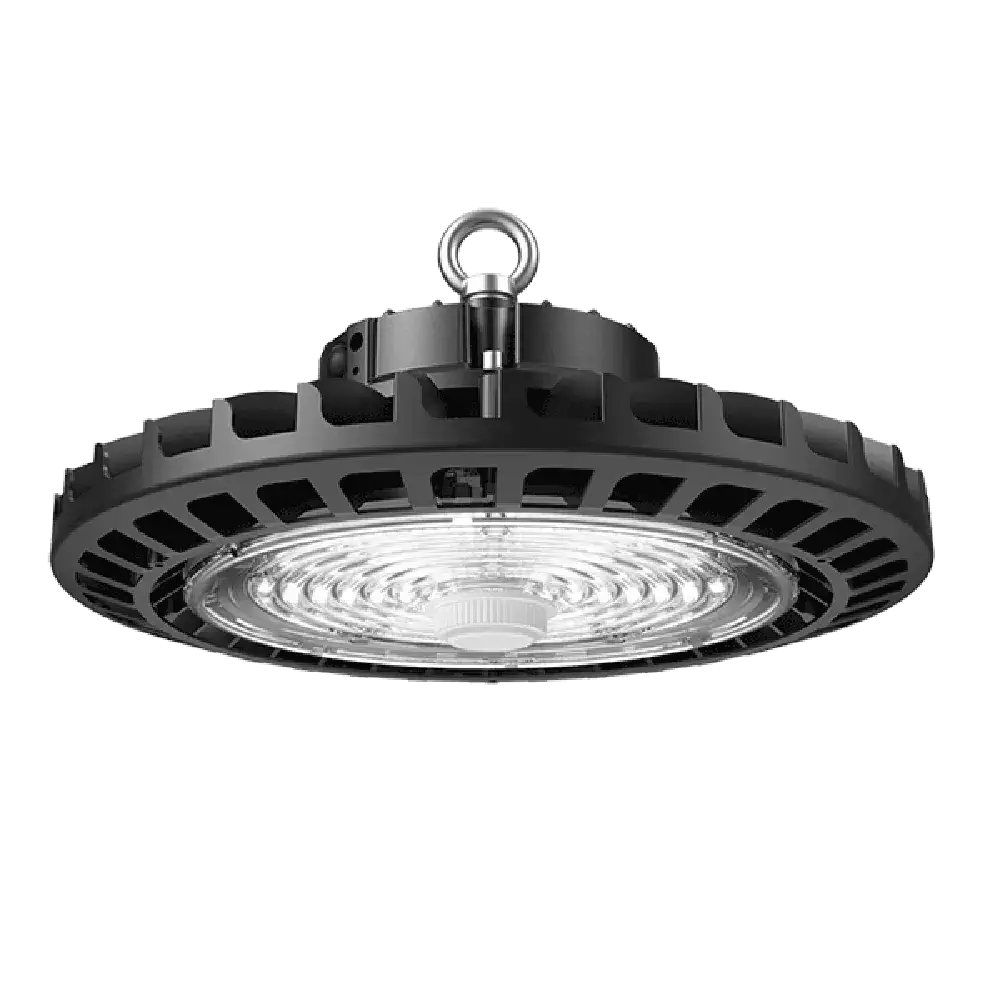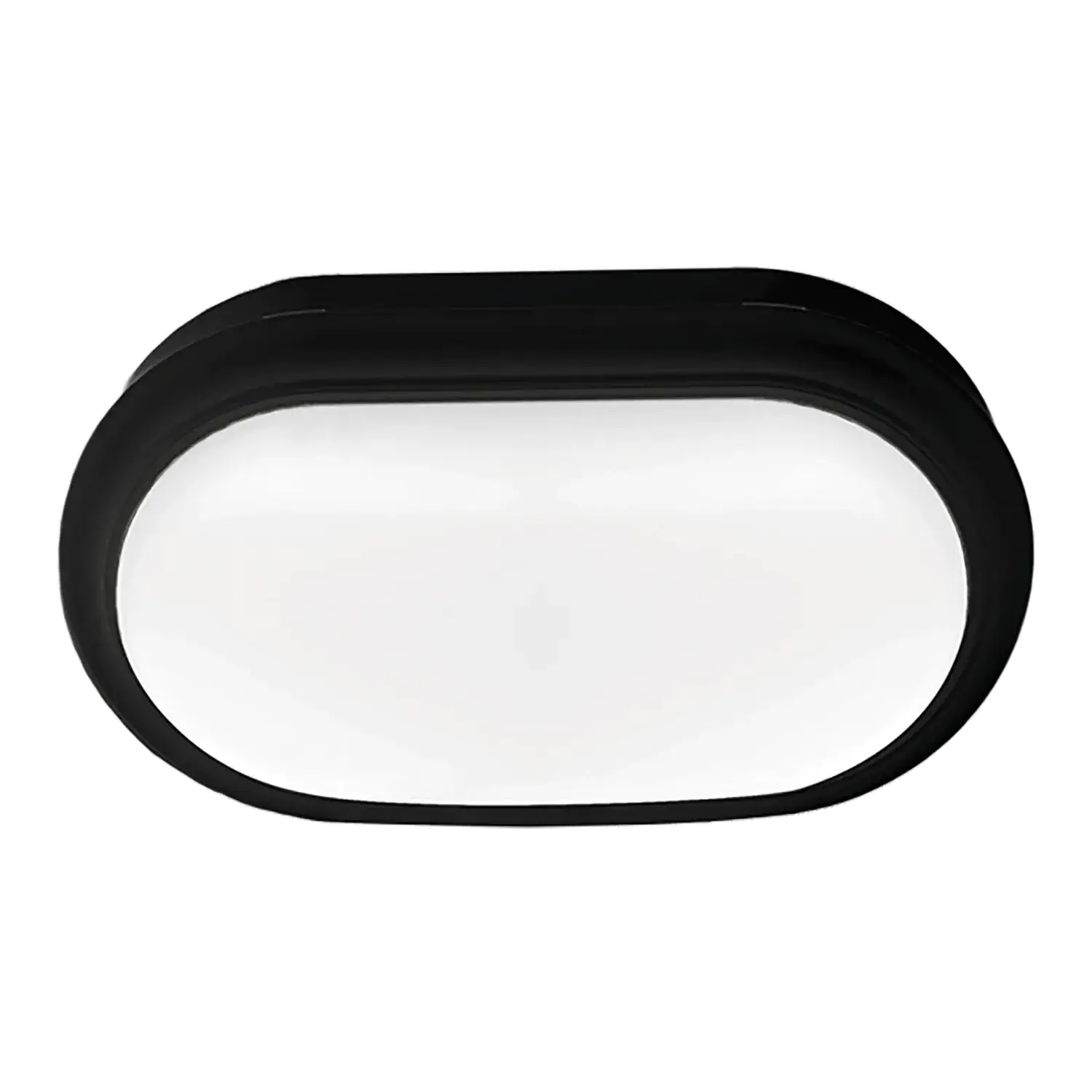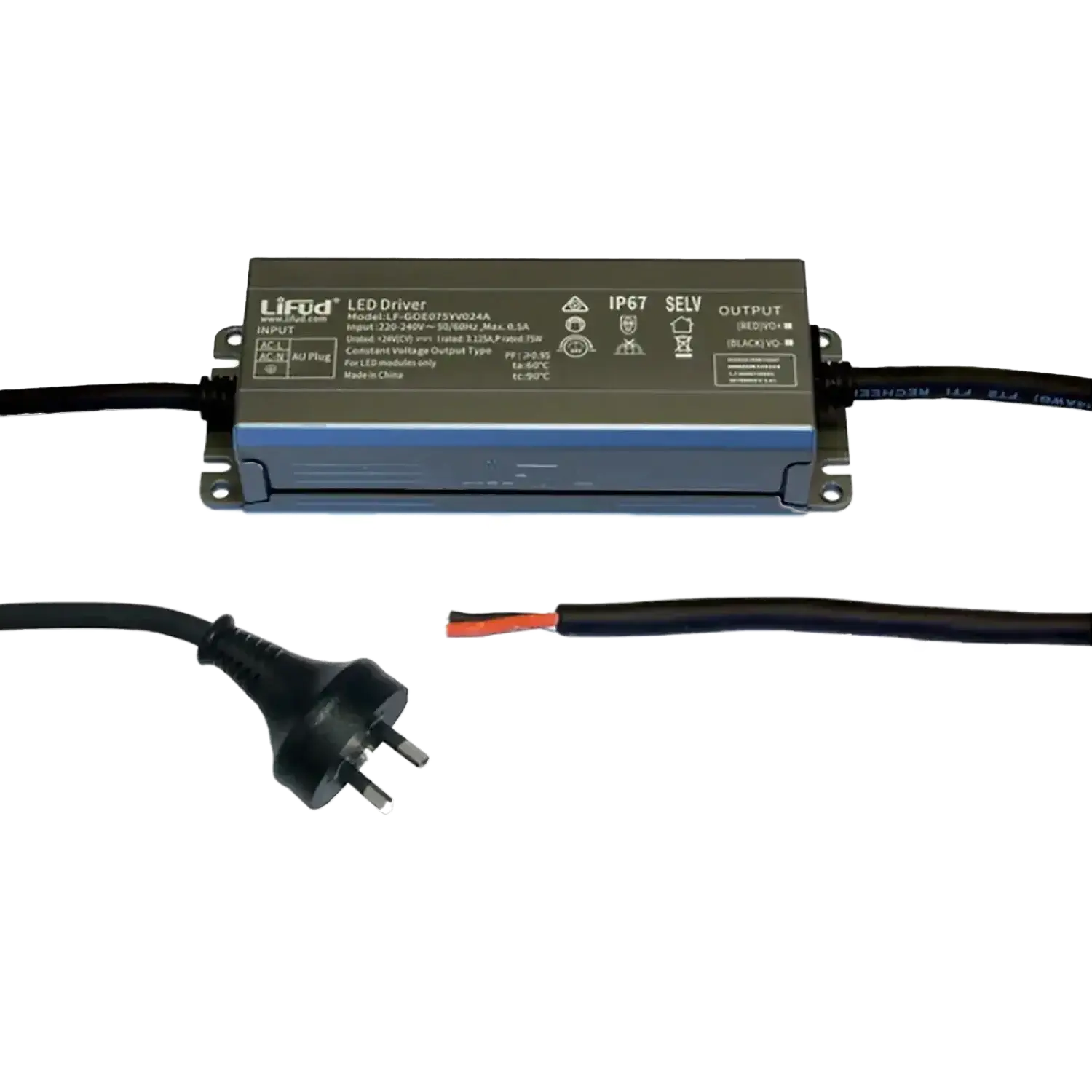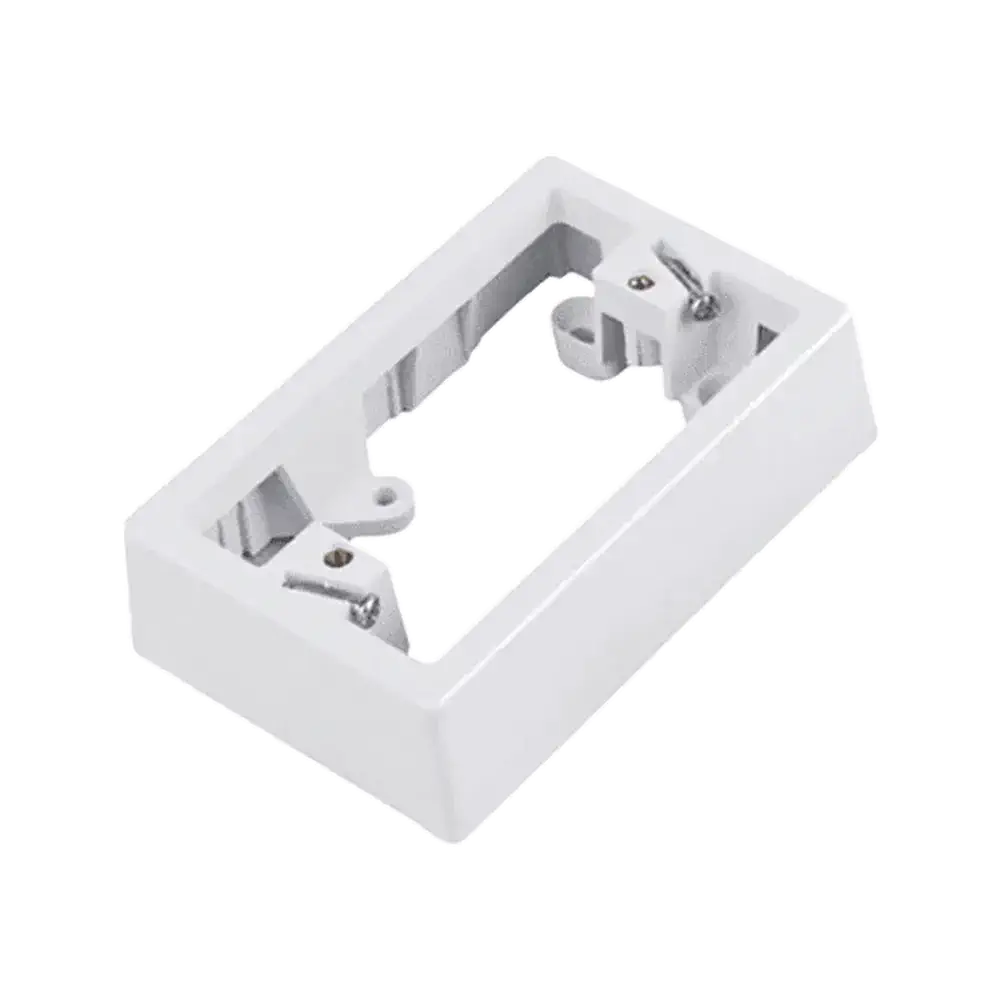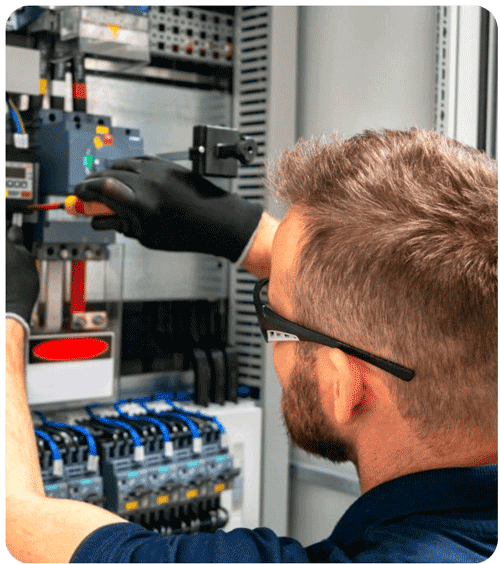Home security is more important than ever. With the rise in burglaries, securing your property has become a top priority. Installing security cameras is one of the most effective ways to protect your home. Among the various options available, wireless security cameras stand out for their flexibility and ease of installation. Whether you’re a tech-savvy individual or prefer simplicity, learning how to install these cameras is crucial for maintaining a safe environment.
Choosing the Right Security Camera System
Understanding Your Security Needs
First, before anything else, it is wise to determine your home’s security needs. Some houses may require monitoring, especially entry points, driveways, and backyards. Understanding your needs will decide the number of cameras and the kind of coverage required. For instance, when living in areas with bad weather, like New Zealand, you will want to consider how well your security cameras can withstand the elements. The best external security cameras will be weatherproof.
Key Features to Look For
In choosing a security camera system, it will be important that you incorporate identified important features that add to the safety of your home. HD resolution is important for clear imagery, while night vision enables 24/7 monitoring of your home. Other essential features include motion detection, which sends you an alert in case of unusual activity. If you want to monitor your home from afar, then a smart home security camera integrated with a mobile app is a great choice. This allows you to see live feeds and receive notifications from anywhere worldwide. If you’re looking for an eco-friendly solution, you need a solar-powered wireless security camera, as it draws power from the sun, hence cutting down energy expenses.
Budget Considerations
Balancing cost and quality is essential when choosing security cameras. While there are affordable models, investing in the best security cameras often yields better protection and advanced features. Outdoor security cameras in NZ can be highly variable in price; it is worth finding one that suits your budget yet covers all the necessary features. Note that with a high-quality camera system, you can save money over a long period because this ensures reliable security.
Preparing for Installation
Selecting Optimal Camera Locations
With your system chosen, the next thing you must do is consider where the cameras should be placed. Sometimes, for maximum coverage with minimum blind spots, strategic placement will be needed. For instance, the best exterior wireless security camera can keep an eye on entry points like front doors, back doors, and garages. If you place outdoor security cameras in NZ, consider those areas more exposed to harsh weather, including rooftops and exposed walls. Ensure that every camera has a clear line of view and should be installed at an appropriate height to deter people from tampering with them.
Ensuring a Strong Wi-Fi Signal
A stable and strong Wi-Fi connection is essential for properly functioning wireless security cameras. Before installation, test the Wi-Fi signal strength in the areas where you plan to install the cameras. If the signal is weak, consider using a Wi-Fi extender to boost coverage. A strong connection ensures that your cameras transmit clear video footage and that you receive timely alerts. It’s especially important for smart CCTV cameras that constantly connect to the cloud.
Installing the Wireless Security Cameras
Installing the Cameras: Now that these positions have been selected, it is time to install the cameras. Attach them using sturdy brackets or mounts to fasten them tightly. Slightly angle these cameras downward to have a better view of an area, and mount them out of reach to prevent tampering.
Connect to Power Source: Most cameras are either battery operated or plug into an electrical outlet. If outdoors, most outdoor security cameras take normal NZ weather conditions into account, but make sure they are weatherproof. Place the solar panel of a solar-powered wireless security camera where it can get maximum sunlight.
Pairing Cameras with Your Network: After mounting, pair the cameras with your home network immediately. Take a cue from the manufacturer for pairing them with your Wi-Fi. Once connected, you can view the live feeds on the respective app or software. If any problem occurs in creating the connection, check the ‘Wi-Fi’ settings and keep the cameras at a considerable distance.
Setting Up the Camera System Software
Installing the App or Software: Most security cameras have a mobile app or computer software. Download and install the app, then follow the setup instructions. This usually involves scanning a QR code on the camera to link it with your device.
Configuring Camera Settings: Adjust the settings to suit your needs once connected. Set motion detection zones to focus on specific areas and adjust the sensitivity to reduce false alarms. Schedule recording times if you don’t need 24/7 monitoring.
Testing the System: Before finalizing the installation, test each camera. Check for clear video quality, strong signal, and proper functionality. Make any necessary adjustments to camera angles or settings.
Maintaining Your Wireless Security Camera System
Regular Maintenance: To keep your system running smoothly, perform regular maintenance. Clean the camera lenses to ensure clear images and check for any signs of wear. Update the software regularly to benefit from new features and security patches.
Troubleshooting Common: Issues Even the best security cameras can encounter problems. Check your Wi-Fi signal if you notice poor video quality or connectivity issues. For outdoor security cameras, NZ weather can sometimes affect performance, so ensure they are properly weatherproofed.
Conclusion
Installing a wireless security camera system that will further enhance your home’s security is relatively easy. If you choose the right cameras, positioning, and maintenance wisely, you could protect your house and family without a hitch. These steps will help you ensure your home is safe and sound, whether it involves installing the best exterior wireless security camera or using a smart CCTV camera.





